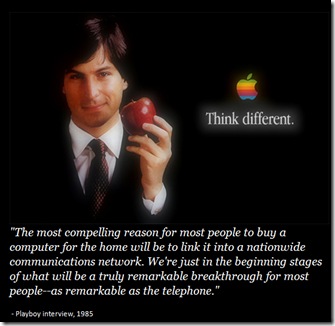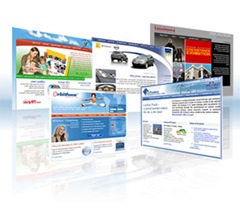Listed in order of severity
#6 is the least severe, #1 is the most
6 USE OF JARGON IN WEB CONTENT
This rule of journalism applies to electronic journalism as well – avoid using terminology that someone outside of your industry may not understand. Remember, they are going to be the ones looking for your services anyway. Jargon is OK on downloads and white papers, but not on general pages.
5 USE OF SOUND ON A WEBSITE
If you want people to visit your website, lose the sound. Think of an example of someone at work visiting a website they should not be on and having unnecessary attention drawn to them because of music or ‘blips’ during navigation. Not referring to ‘adult’ sites, but sites that someone should not be on at work such as a competitors site when they are trying to apply for a job. If you use music, allow the user to dictate when it starts/stops – ALWAYS.
4 (MIS)USING FLASH
In the late 1990s, Flash became a popular platform for building websites because of the ‘wow’ factor. In 2011, web users are finding Flash-based websites more annoying than anything else. Long load times are nothing compared to the fact that Flash sites don’t get indexed by major search engines and are not view-able on many handheld devices (including iPhone & iPad).
3 NO CONSIDERATION GIVEN TO SEARCH ENGINE OPTIMIZATION
7-out-of-10 websites evaluated by AI Software do not even contain an appropriate title. 8-out-of-10 do not contain meta data. 9-out-of-10 contain irelevant or way to general meta data. ANY website should have SOME consideration given to SEO – most should have a campaign in place.
2 THINKING THAT YOUR WEBSITE IS 100% OF YOUR MARKETING STRATEGY
Your website is a VERY IMPORTANT part of your marketing strategy – it opens your organization to the world. However, it should not be 100% of your marketing strategy. When a professional, functional website is coupled with tried & true marketing strategies – that is when your organization gets the most out of a web presence. Internet-based companies such as Constant Contact and GoDaddy have become successful due to a top notch web presence as well as traditional marketing efforts.
1 HIRING NON-QUALIFIED PERSONS TO DESIGN YOUR WEBSITE
Easily the biggest ‘no-no’ in web design. Seasoned and successful people who run businesses and organizations would never think of having someone without sufficient experience perform tasks such as accounting, management, operations, etc. – yet, many of these people still trust unqualified individuals to build their web site – the only piece of marketing collateral that can be seen by anyone and everyone in the world.
We would love it if you trust AI Software with your web presence, but if you’re not going to use our team . . . . PLEASE HIRE A PROFESSIONAL!
For additional information, contact terry@aisoftwareinc.com








